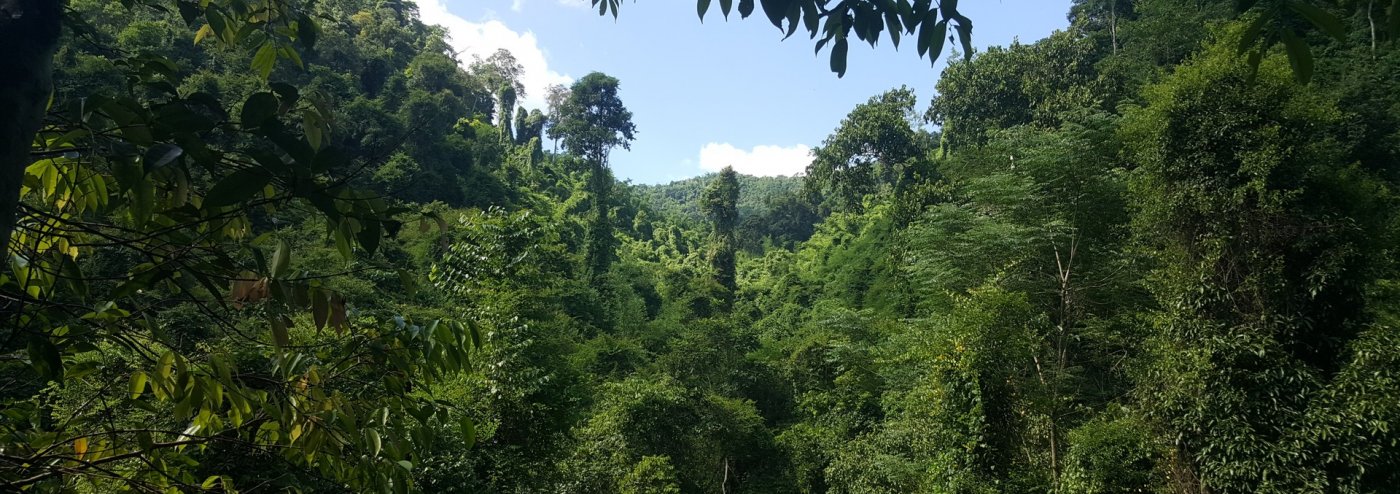
Using spatial point process modelling to reveal ecological mechanisms in tropical, subtropical and subalpine forests
Abstract
Aims
It is widely accepted that deterministic and neutral dispersal processes are two of the principal mechanisms driving community assembly. However, the relative importance of these ecological drivers between distinct life stages both at community and individual species levels remains poorly understood in different vegetation types. Here, we address the following questions: (1) is there a ubiquitous process shaping tree assemblage? (2) how does the relative importance of environmental and dispersal processes vary through ontogeny in different vegetation types? (3) will the spatial patterns of trees at community and individual species levels reflect similar contribution between ecological processes?
Location
Yunnan province, southwest China.
Methods
We used the homogeneous Poisson, homogeneous Thomas, inhomogeneous Poisson, and inhomogeneous Thomas point process models to predict the effect of stochastic, dispersal and/or environmental processes respectively on the distribution of trees across ontogeny in tropical, subtropical and subalpine forests. To evaluate the relative importance of models, we compared the observed and simulated patterns of species‐area relationship and g(r) at community and species level, respectively.
Results
Homogeneous Thomas model was the model with the lowest AIC scores across ontogeny and forest types at community level. At species level, however, homogeneous Thomas, and inhomogeneous Thomas predicted the distribution of large and small trees respectively with lower AIC values in ALS and LJ plots. In BB plot, homogeneous Thomas model is dominant across ontogeny at the species level.
Conclusions
The tree communities are assembled mainly by dispersal process at community level. The relative importance of ecological processes for species distribution varied across life stages at species level suggesting that there is ontogenetic shift of ecological processes in shaping tree distribution. Using different summary statistics at both community and species levels helps to discern the different spatial structure of species and increase our appreciation of the processes underpin community assembly.
Link to paper: https://onlinelibrary.wiley.com/doi/abs/10.1111/jvs.12819
